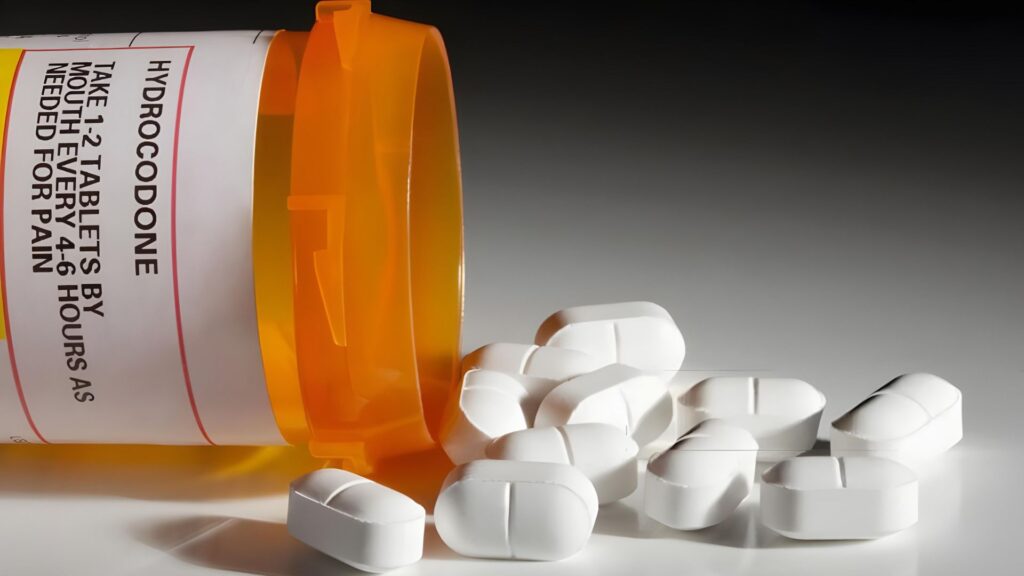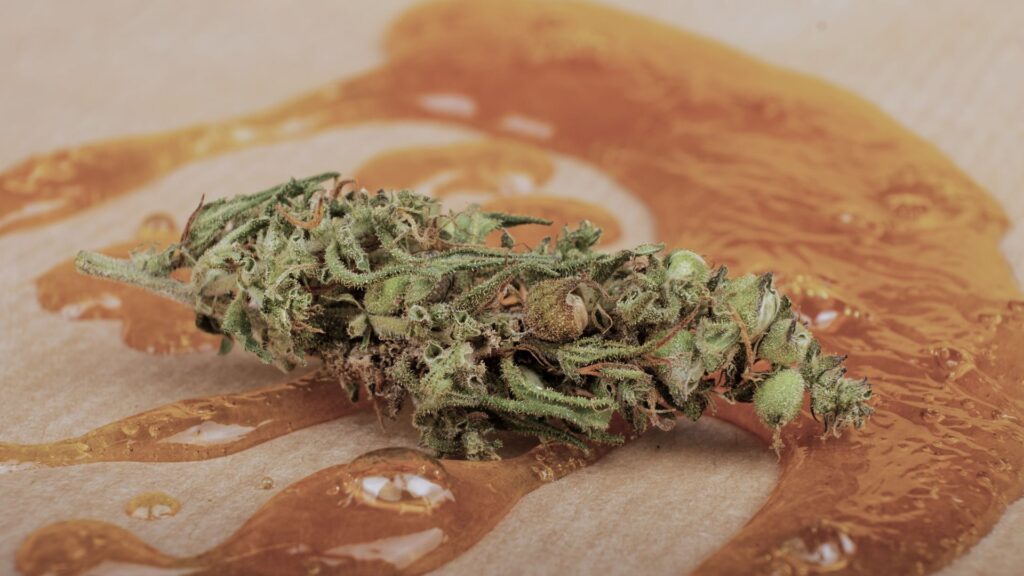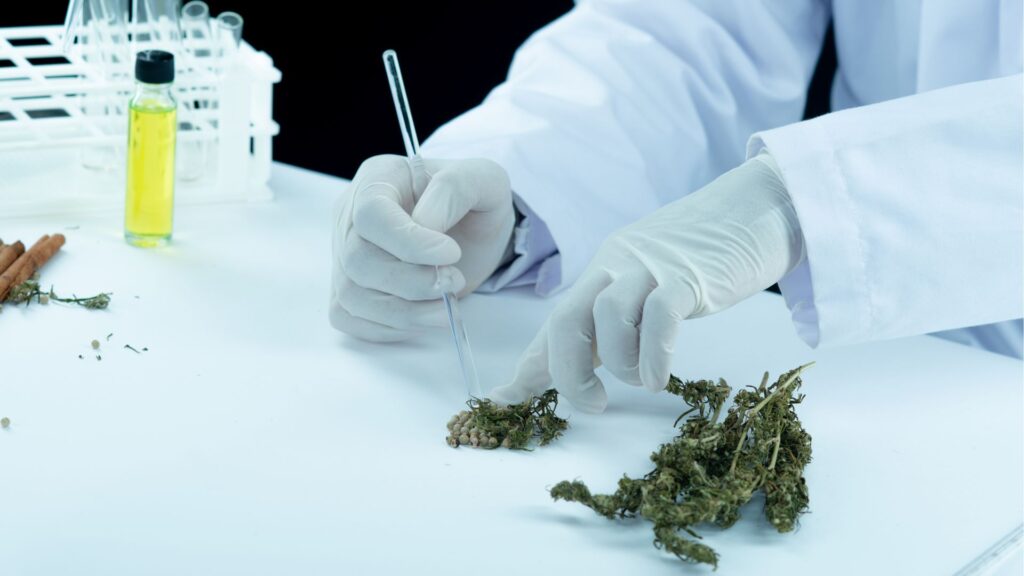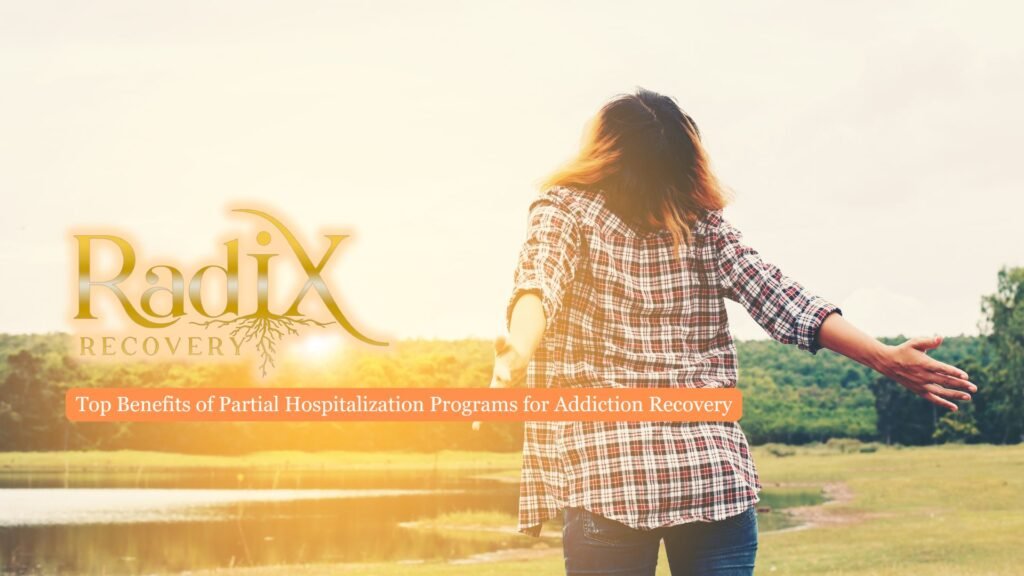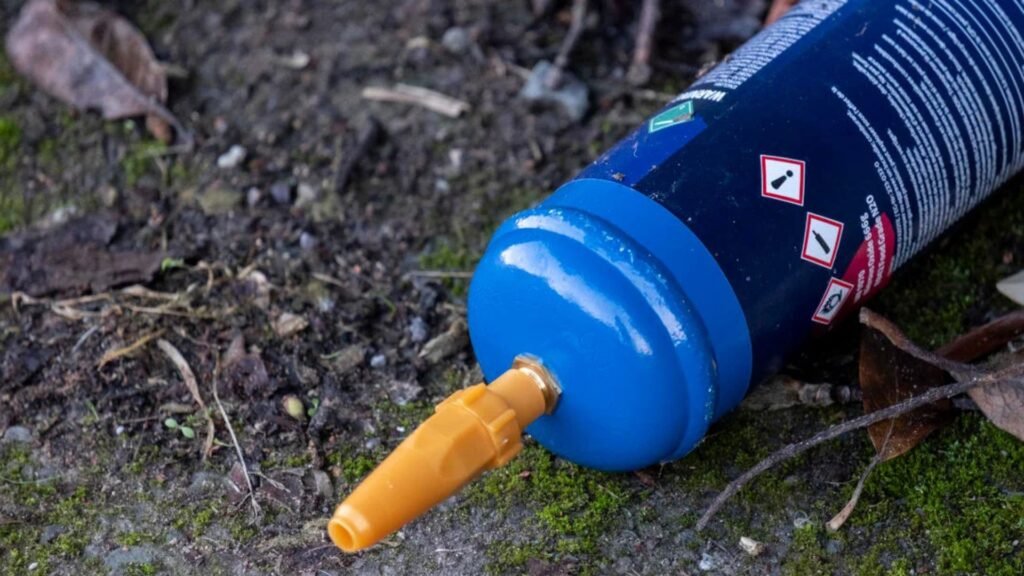Overcoming addiction is a long-term process that goes well beyond the initial detoxification stage. Although acute withdrawal symptoms, including nausea, shaking, and a fast heart rate, generally fade within a matter of days or weeks, many people struggle with ongoing difficulties in the form of Post-Acute Withdrawal Syndrome (PAWS).
It is essential for those in recovery and their support networks to understand PAWS, as it emphasizes the lasting impact of addiction on the brain and highlights the need for comprehensive treatment to avoid relapse or other life-threatening circumstances.

What is PAWS?
Post-Acute Withdrawal Syndrome, or PAWS, is a set of prolonged symptoms that can emerge after the initial detoxification phase from addictive substances like opioids, alcohol, and benzodiazepines.
Commonly experienced by those in recovery from substance use disorders, PAWS can last for weeks to months following acute withdrawal.
Recognizing and addressing PAWS is crucial in addiction treatment, as it can significantly impact an individual’s recovery journey and increase the risk of relapse if not properly managed.
Causes and Mechanisms
The causes and mechanisms of PAWS are rooted in the brain’s struggle to regain its chemical balance after prolonged substance abuse. As you transition into sobriety, your brain must recalibrate its neurotransmitter systems, which can manifest as protracted withdrawal symptoms.
Stressful situations may amplify these symptoms, as your emotional responses are linked to your brain’s altered state. Co-existing mental health conditions can also prolong and intensify PAWS.
Common Symptoms of PAWS
During this phase of alcohol or drug recovery you may experience anxiety, depression, panic attacks, and mood swings, which can affect your daily functioning and overall quality of life.
Cognitive issues like foggy thinking, memory problems, and difficulty concentrating can hinder your ability to perform tasks or engage socially.
Fatigue, insomnia, and chronic pain are common physical symptoms that can exacerbate feelings of discomfort and stress.
You might also face behavioral challenges, such as decreased motivation and impaired focus.
Persistent cravings related to past substance use can arise during this withdrawal phase, increasing the risk of relapse if not effectively managed.
For example, marijuana post-acute withdrawal symptoms frequently include increased anxiety, sleep disturbances, intense cravings, and challenges in managing stress. These symptoms arise as the brain adjusts after prolonged exposure to the calming effects of the drug.
In the case of cocaine PAWS, individuals often experience severe anhedonia (the inability to feel pleasure), emotional instability, insomnia, cognitive impairments such as poor focus and memory, and unpredictable cravings. These symptoms stem from the brain’s struggle to restore dopamine balance following the intense stimulation that occurs during drug abuse.
Risk Factors
Chronic and heavy substance abuse is one of the most significant contributors to PAWS, as prolonged exposure to drugs or alcohol can lead to lasting neurochemical changes in the brain, particularly in dopamine, serotonin, and GABA systems. These alterations disrupt emotional regulation and cognitive function, increasing susceptibility to PAWS symptoms.
The type of substance used also plays a critical role, as substances like alcohol, opioids, benzodiazepines, and stimulants are strongly associated with PAWS due to their profound impact on the central nervous system. Abruptly stopping the use of these substances without proper tapering can also intensify withdrawal symptoms and increase the likelihood of developing PAWS.
Individual factors such as genetic predisposition, pre-existing mental health disorders (e.g., anxiety or depression), and physical health conditions further elevate the risk of PAWS.
Environmental and psychological stressors during recovery—such as exposure to triggers or lack of social support—can exacerbate symptoms, making it harder for individuals to manage PAWS effectively.

Duration and Prognosis
The duration of Post-Acute Withdrawal Syndrome can vary significantly based on several factors, including the type of substance used, the duration and severity of the addiction, and individual physiological differences.
PAWS symptoms can linger for months or even years after the acute withdrawal phase, with many individuals experiencing fluctuating waves of symptoms. For instance, opioid-related PAWS may persist for 6 to 9 months, while benzodiazepine withdrawal can last for 15 to 27 months or even longer.
Alcohol withdrawal occurs in the immediate aftermath of stopping or significantly reducing alcohol consumption, typically within 6 to 72 hours, whereas alcohol-related PAWS often reaches its peak around 2 to 3 months but usually resolves within 1 to 2 years. In some rare cases, symptoms associated with substances like benzodiazepines or antidepressants have been reported to continue for up to a decade.
Despite the prolonged nature of PAWS, the intensity of symptoms generally decreases over time with continued abstinence. The prognosis significantly improves with appropriate medical care, therapy, and support systems, as these interventions help individuals manage their symptoms and reduce the likelihood of relapse.
Treatment and Management
A secure and well-organized detox procedure is essential for minimizing the intensity of Post-Acute Withdrawal Syndrome. This process frequently includes a gradual reduction of substance use or the use of Medication-Assisted Treatment (MAT) to alleviate withdrawal symptoms and balance neurochemistry.
Medications, including antidepressants, gabapentinoids (such as gabapentin or pregabalin), and acamprosate, may help alleviate symptoms associated with recovery, such as anxiety, depression, and sleep disturbances. However, the effectiveness of these medications can vary depending on the individual and the specific substance involved in their active addiction.
During the early recovery, therapeutic approaches like Cognitive Behavioral Therapy (CBT) or Dialectical Behavior Therapy (DBT) are vital in assisting individuals to acquire coping strategies for emotional fluctuations, anxiety, and urges to use substances.
Engaging in self-care practices, such as regular exercise, a balanced diet, and mindfulness techniques, can significantly improve your overall well-being.
Establishing a structured daily routine provides stability and reduces stress. Medication-assisted treatment may be prescribed to alleviate specific symptoms.
Joining support groups like Alcoholics Anonymous (AA) or Narcotics Anonymous (NA) can provide a sense of community and accountability during the recovery process. These groups offer a supportive environment where individuals can share their experiences and learn from others who have faced similar challenges.
Final Thoughts from Radix Recovery
At Radix Recovery, our Partial Hospitalization Program (PHP) in Cedar Rapids, Iowa, offers comprehensive care to help individuals navigate the challenges of addiction recovery, including Post-Acute Withdrawal Syndrome (PAWS). Our PHP bridges the gap between inpatient and outpatient care by providing evidence-based therapies, medical monitoring, and personalized treatment plans. This drug and alcohol treatment program offers the structure and flexibility needed to remain sober.




















